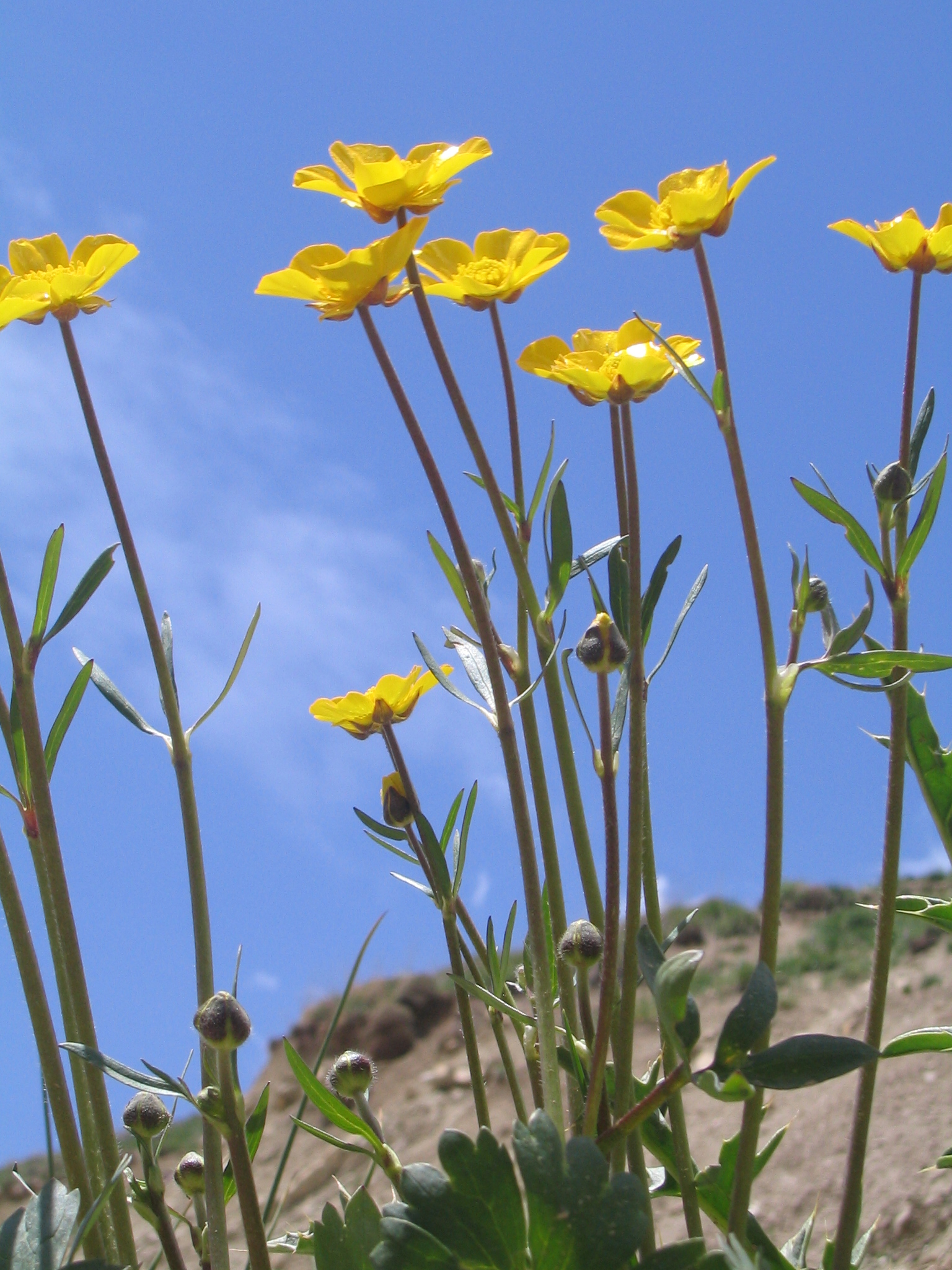تصویر : آلاله
عکاس:
Afshin Iranpour
استان:
تهراناطلاعات تکمیلی:
ابعاد:
1536 * 2048
اندازه فایل:
1253325
Make:
Canon
Maker Note:
Model:
Canon DIGITAL IXUS II
نوع:
image/jpeg
DateTime:
2004:05:28 12:46:47
Shutter Speed Value:
255/32
Aperture Value:
203/32
Exposure Bias Value:
0/3
Flash:
24
Focal Length:
346/32
X Resolution:
180/1
Y Resolution:
180/1
Resolution Unit:
2
توضیحات:
آلالهها بطور کلی گیاهانی علفی ، بندرت درختچهای ، بالا رونده و دارای دمبرگهای پیچنده و پیچکی هستند مانند کلهماتیس. این گیاهان غالبا مانند تکلپهایها به علت دارا بودن اندامهای زیرزمینی متورم ، نظیر سوخ ، غده ، ریزوم و ریشههای متورم ، پایا و چندسالهاند. برگها ، جز در کلهماتیسها که برگهای متقابل دارند ، معمولا منفرد و متناوب بوده و غالبا دارای نیام رشد یافته و پهنکهایی به اشکال متفاوتاند.
دانلود این عکس